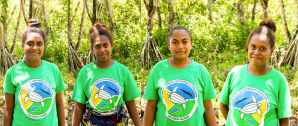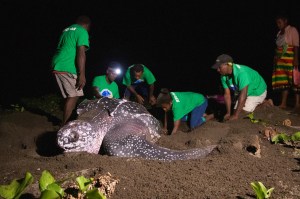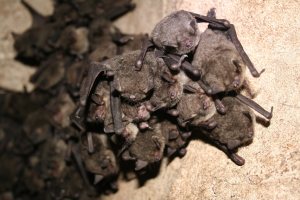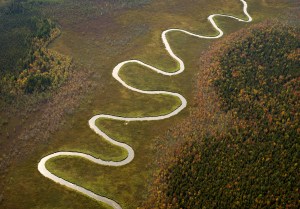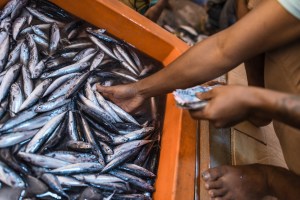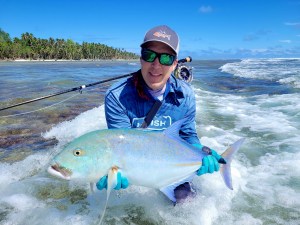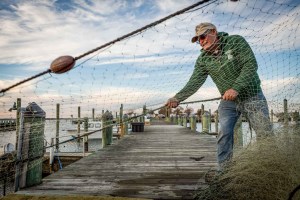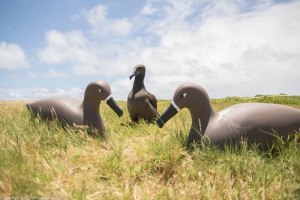Discover stories in Protect Land & Water
Giving Voice to Haevo’s Women Rangers
Hear from the Solomon Island's first women rangers as share their experiences working to protect nesting leatherback sea turtles.
Satellite Tracking the Pacific’s Most Endangered Leatherback Turtles
A new satellite tagging study in the Solomon Islands will help protect critically endangered leatherback sea turtles.
Modeling Migration and Movement of Gray Bats
Gray bats roost in large concentrations in well-studied caves, but where they go once they leave the caves is not […]
The Value of Words + Pictures
Think nature-based tourism is only tied to wildlife watching and hiking? New science says we need to think again—especially in the Eastern Caribbean.
Why Protected Areas Must Consider What’s Beneath the Surface
New research finds that 85% of protected areas with groundwater-dependent ecosystems have groundwatersheds that may be underprotected.
Lifting All Boats: Six Steps to Enhancing Equity in Marine Conservation
How can we protect fragile ocean ecosystems while also preserving the cultural and economic lifeways of the people who depend on them?
Palmyra’s Fishing for Science Program Tags 1,000th Fish
Launched in 2018, the program tagged its 1000th fish on December 5, 2022—a significant milestone in a challenging environment.
Scenario Planning: Imagining a Healthy Future for Fisheries and Oceans
How understanding the future can help us make informed decisions in the present.
The Logging Industry Can Help Protect Tropical Birds
Well-managed logging concessions can play a critical role in species conservation. A new study quantifies the conservation responsibility of the […]
Make Lithium Extraction in the U.S. “Smart from the Start”
While the U.S. has potential to be a global lithium producer, careful planning will be required to avoid and limit damage near potential extraction sites.
It’s a Trap: Managing Cowbirds to Save Songbirds
Trapping cowbirds may be necessary to protect some songbird species. But when is trapping too much?
A New Database to Drive Seabird Conservation
A new database will help protect the world's most imperiled group of birds.
